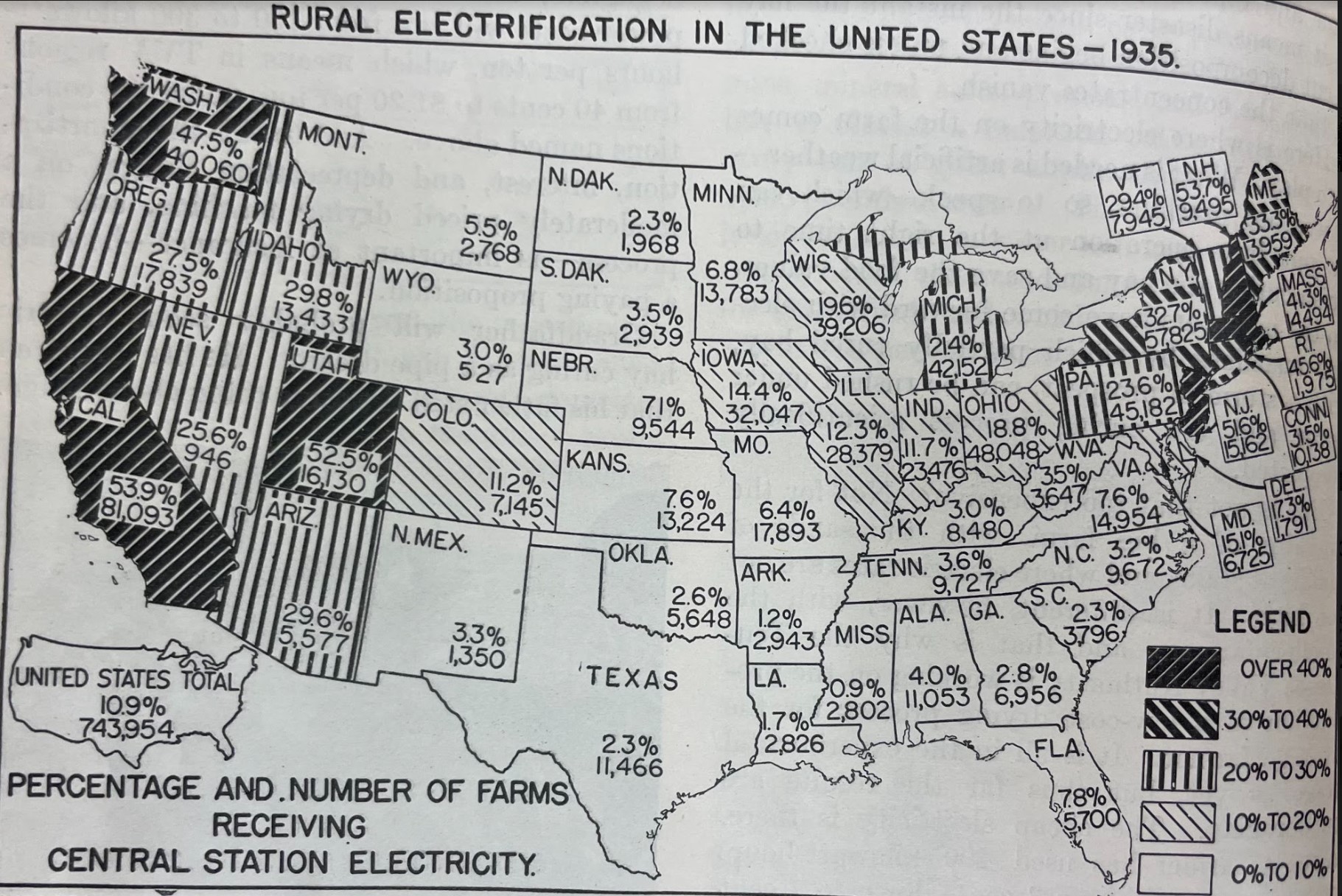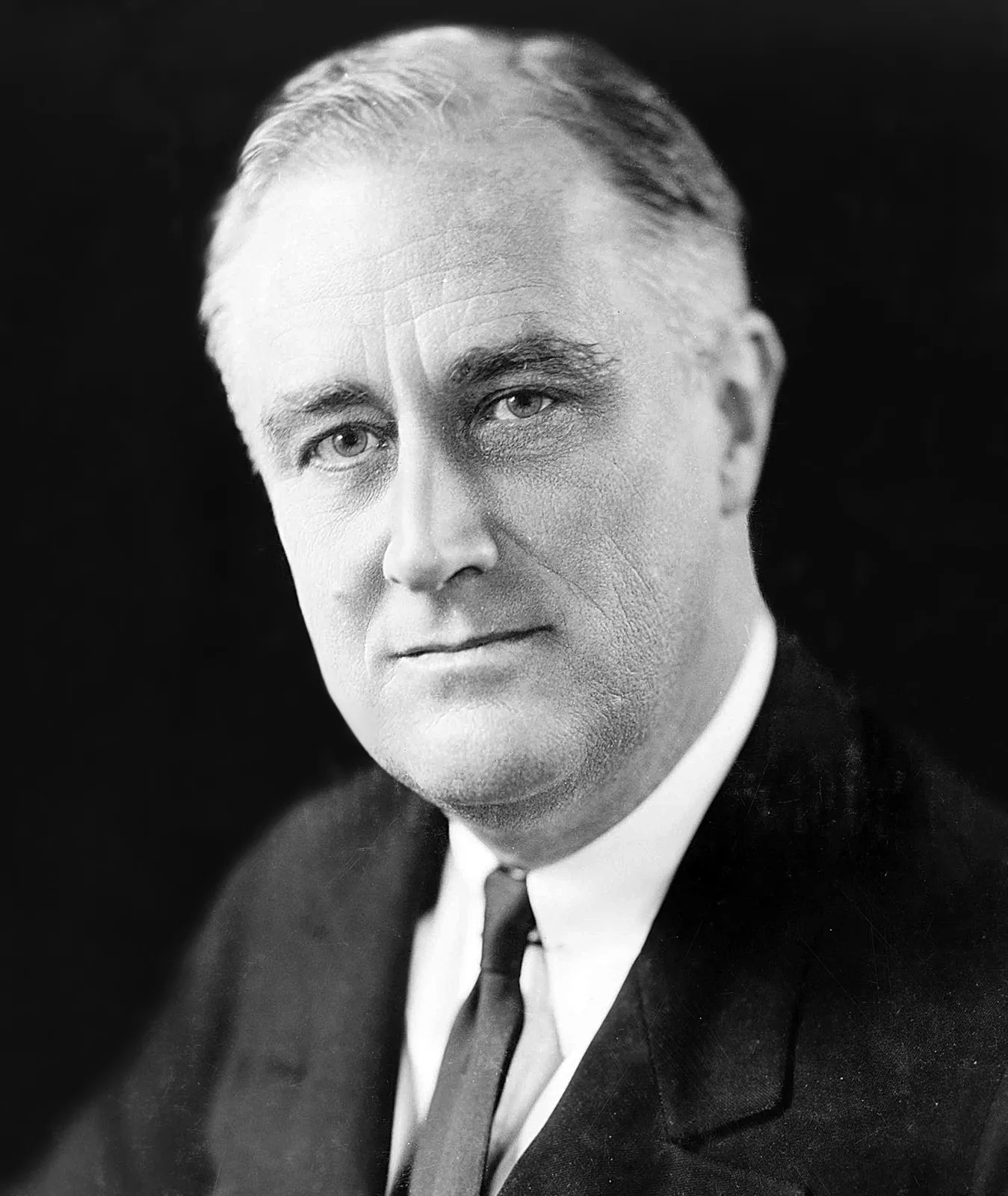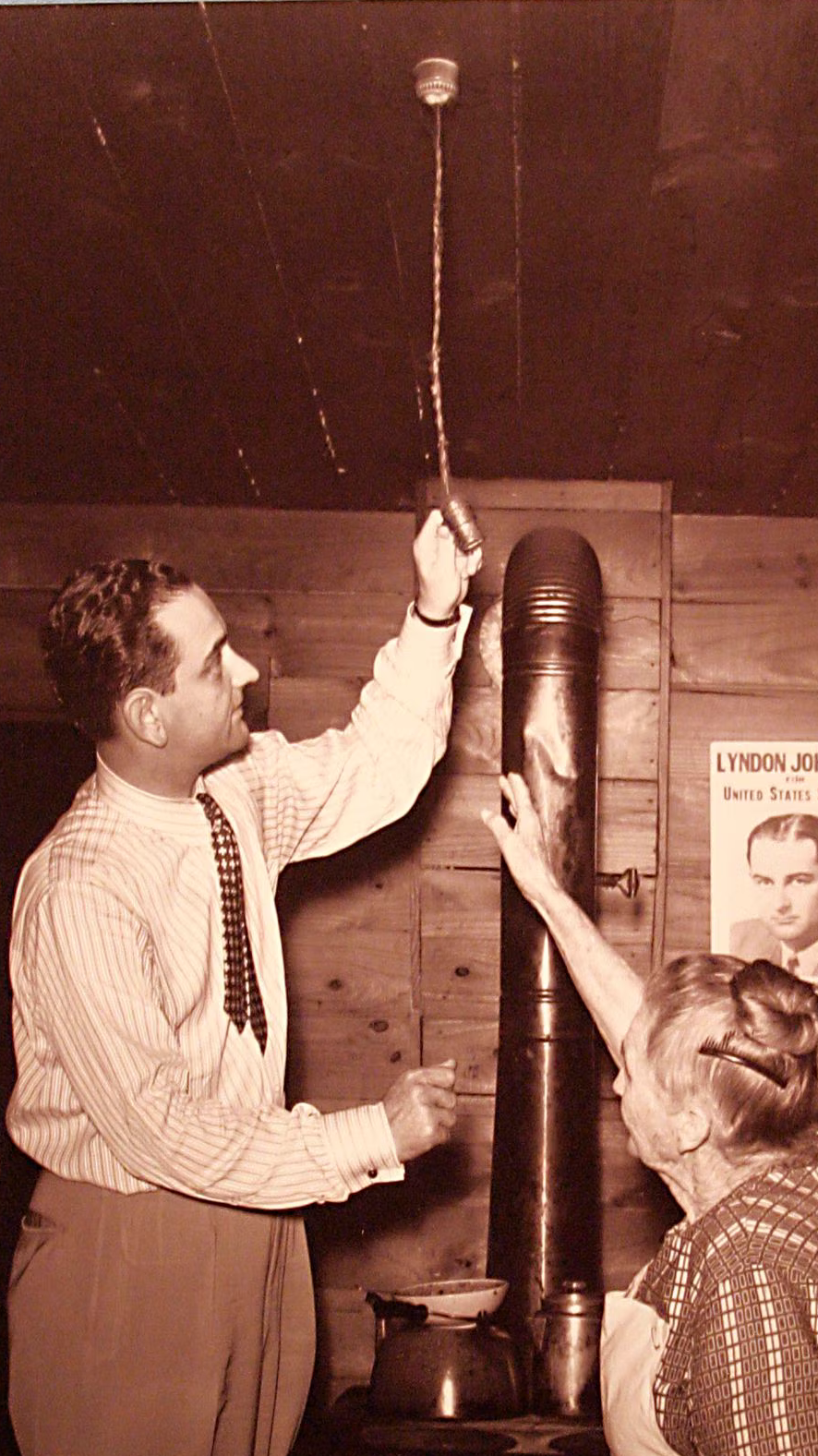
"Rural Electrification in the United States - 1935" - Rural Electrification: A Summary of Electrification Acitivities, March 1935

Only 10% of rural Americans had electricity in 1935 during the Great Depression. While Franklin Roosevelt’s New Deal included the Rural Electrification Administration (REA), few know that the REA excluded large parts of the nation. The Texas Hill Country, a 31,000 square-mile frontier west of Austin, was one such area. It would take a young Lyndon Johnson—two decades before his presidency—and his unique grasp of Hill Country people, places, and ideas to tame this lesser-known frontier.

"Rural Electrification in the United States - 1935" - Rural Electrification: A Summary of Electrification Acitivities, March 1935

Roosevelt - 1933, Library of Congress
Johnson speaking - 1964, NRECA
A frontier is the edge of settled territory, the division between different things, and the boundary of knowledge. Lyndon Johnson brought power to the Texas Hill Country by taming three frontiers. First, there was a frontier of place: the rocky, isolated, and sparsely populated central Texas landscape which made electrification more challenging than other rural areas. Second, there was a frontier of people: the Hill Country families who lived without electricity, were skeptical of government solutions, and lacked a strong national political voice. Third, there was a frontier of ideas: the then-limited power funding, generation, and transmission options that left Hill Country needs unmet. By conquering these frontiers, Johnson brought power to 4,000 families, launched his national political career, and created the largest electrical cooperative that serves 1,000,000 Americans today.

Johnson and electrification- 1941, The Dallas Morning News